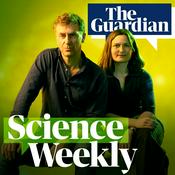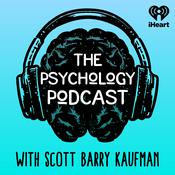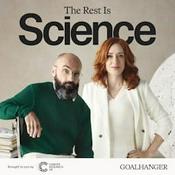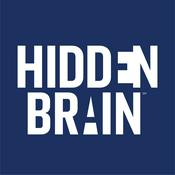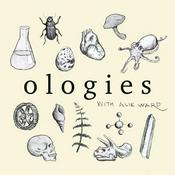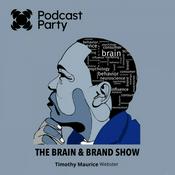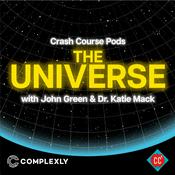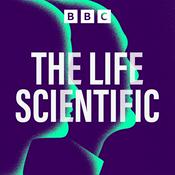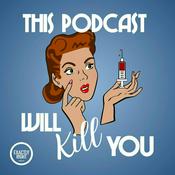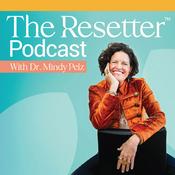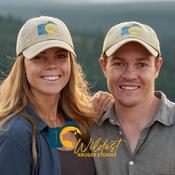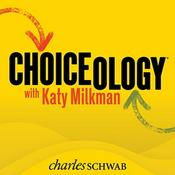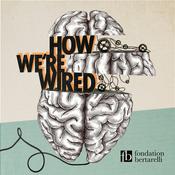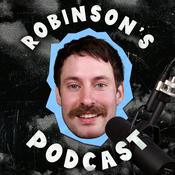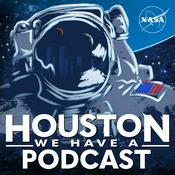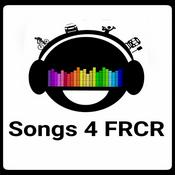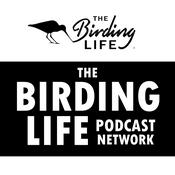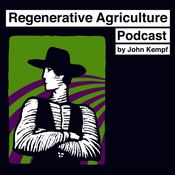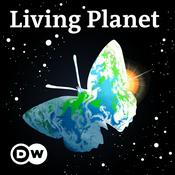Available Episodes
5 of 101
- Ep101 - Tropical Cyclone Rainfall Forecasting in the Philippines using AIDr. Gerry Bagtasa shares their study on developing an AI-based model for forecasting tropical cyclone rainfall in the Philippines using historical data from 1951 to 2015 to train the model.📚Reference: Mesias CG, Bagtasa G. 2025. AI‐Based Tropical Cyclone Rainfall Forecasting in the Philippines Using Machine Learning. Meteorological Applications. 32(4). 🤝Behind The Science Podcast is presented to you by Marine & Earth Science Learning Hub, UP Resilience Institute, The Philippine Agricultural Scientist, The Philippine Journal of Fisheries, and SciEnggJ.--------1:03:02
- Ep100 - Developing a Microfluidic Platform for Cell Encapsulation in Alginate Hydrogel MicroparticlesIn this episode, I talk with Ms. Alexandra Hulog about a new microfluidic method that creates uniform alginate microbeads for cell encapsulation. Traditional batch emulsion techniques often produce beads of uneven sizes, which affects how much medicine, nutrients, or cells each bead can carry. Their microfluidic platform solves this problem by controlling droplet size during formation, resulting in more consistent microbeads that can be used for broader biological and biotechnological applications.📚Reference: Hulog AM, Francisco M, Oquendo N, Mariane Desiree Avendaño, Kaw J, Dagdag AD, Guerrero RJ. 2025. Development of a microfluidic platform for the encapsulation of baker’s yeast Saccharomyces cerevisiae in alginate hydrogel microparticles. SciEnggJ. 18:256–269.🤝Behind The Science Podcast is presented to you by Marine & Earth Science Learning Hub, UP Resilience Institute, The Philippine Agricultural Scientist, The Philippine Journal of Fisheries, and SciEnggJ.--------1:02:07
- Ep99 - Threats to small pelagic fisheries and milkfish aquaculture in the Philippines over the next 30 yearsDr. Edison Macusi discusses the most pressing issues facing the small pelagic fisheries and milkfish aquaculture industries in the Philippines over the next 30 years, and the solutions to these problems.📚Reference: Macusi ED, Nallos IM, Santos MD, Geronimo RC. 2025. Climate and Non-climate Related Hazards in Small Pelagic Fisheries and Milkfish Aquaculture: Expert Opinion Survey in the Philippines. The Philippine Journal of Fisheries. 32(1).🤝Behind The Science Podcast is presented to you by Marine & Earth Science Learning Hub, UP Resilience Institute, The Philippine Agricultural Scientist, The Philippine Journal of Fisheries, and SciEnggJ.--------1:05:51
- Ep98 - Chasing Super Typhoon UwanMr. Marco Ibañez shares what it takes to become a storm chaser for the Philippine Atmospheric, Geophysical and Astronomical Services Administration, and his experience chasing Super Typhoon Uwan.📚 Check out Marco's research papers: [1] Ibañez MP, Pura AG, Sajulga RA, David SJ. 2023. Raindrop Size Distribution (RSD) Characteristics during the Southwest Monsoon Period in Western Luzon, Philippines. Philippine Journal of Science. 152(S1).► https://doi.org/10.56899/152.s1.01[2] Ibañez MPA, Capuli GH, Pura AG, Villafuerte MQ. 2025. Establishment of kinetic energy – Rainfall intensity (KE-I) relationships for soil erosion studies using raindrop size distribution (DSD) measurements in the mountainous region of Tanay, Rizal. Geomorphology. 488:109968.► https://doi.org/10.1016/j.geomorph.2025.109968🤝Behind The Science Podcast is presented to you by Marine & Earth Science Learning Hub, UP Resilience Institute, The Philippine Agricultural Scientist, The Philippine Journal of Fisheries, and SciEnggJ.--------59:27
- Ep97 - First successful production of adult corals derived from cryopreserved larvaeI talked with Dr. Arah Narida about a breakthrough in coral conservation. Their team achieved the world's first successful production of adult corals grown from cryopreserved larvae.📚Reference: Arah Narida, Tsai S-Y, Hsieh W-C, Wen Z, Wang L-H, Huang Cc, Lin C. 2023. First successful production of adult corals derived from cryopreserved larvae. Frontiers in Marine Science. 10.🤝Behind The Science Podcast is presented to you by Marine & Earth Science Learning Hub, UP Resilience Institute, The Philippine Agricultural Scientist, The Philippine Journal of Fisheries, and SciEnggJ.--------1:06:31
More Science podcasts
Trending Science podcasts
About Behind The Science Podcast
Every research paper holds more than just data. It carries years of dedication, sleepless nights, and setbacks. Behind The Science Podcast takes you beyond the published pages and into the real stories of discovery.
In partnership with the UP Resilience Institute, The Philippine Agricultural Scientist, The Philippine Journal of Fisheries, and SciEnggJ.
New episode every Thursday at 7:00 PM.
Hosted by: Paul Caesar M. Flores, DSc
Google Scholar: https://scholar.google.com/citations?user=6QCdWywAAAAJ&hl=en
Podcast websiteListen to Behind The Science Podcast, Science Weekly and many other podcasts from around the world with the radio.net app
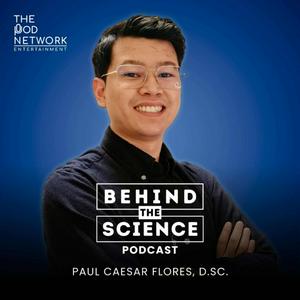
Get the free radio.net app
- Stations and podcasts to bookmark
- Stream via Wi-Fi or Bluetooth
- Supports Carplay & Android Auto
- Many other app features
Get the free radio.net app
- Stations and podcasts to bookmark
- Stream via Wi-Fi or Bluetooth
- Supports Carplay & Android Auto
- Many other app features


Behind The Science Podcast
Scan code,
download the app,
start listening.
download the app,
start listening.
